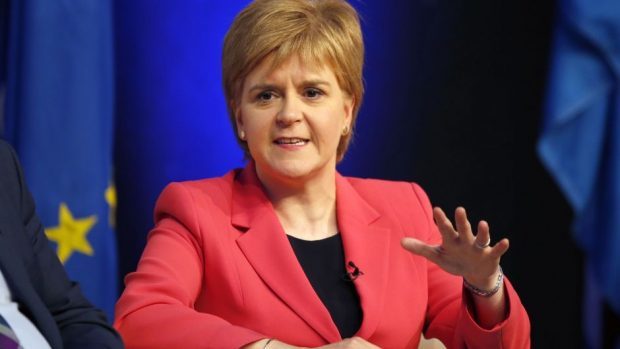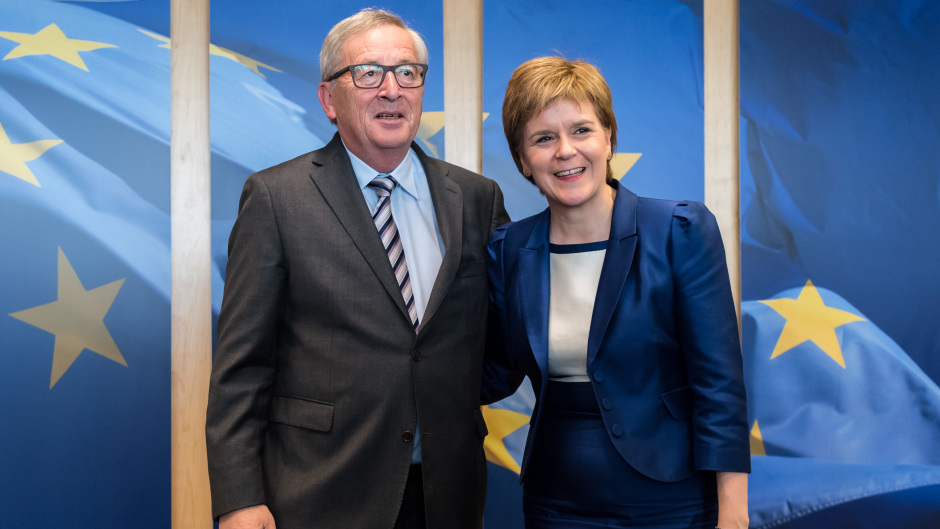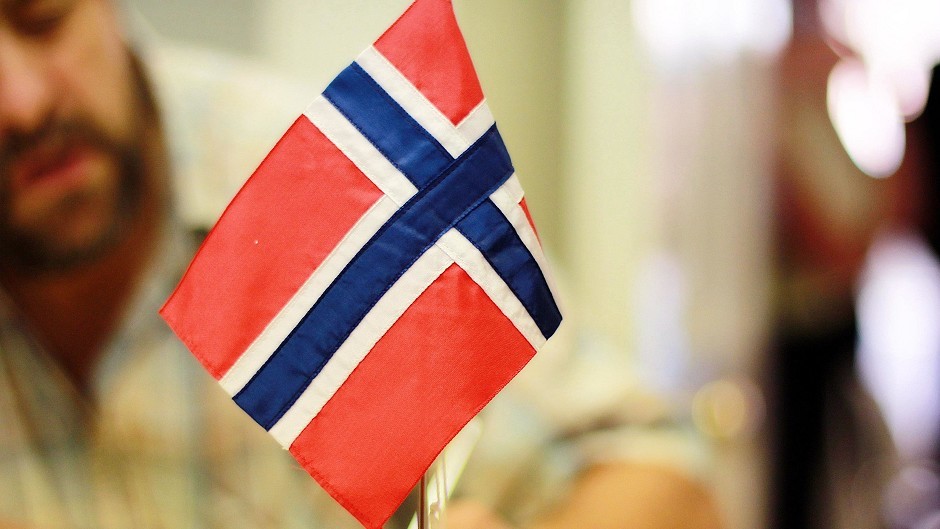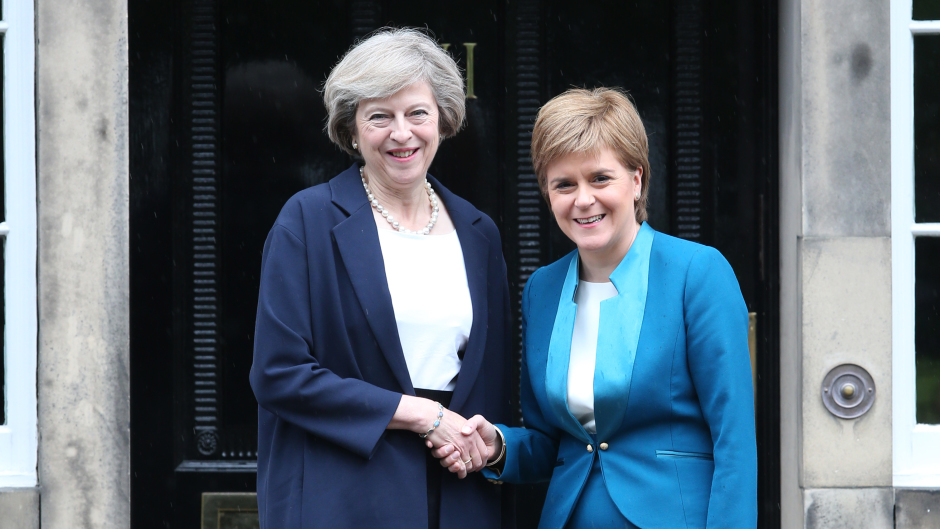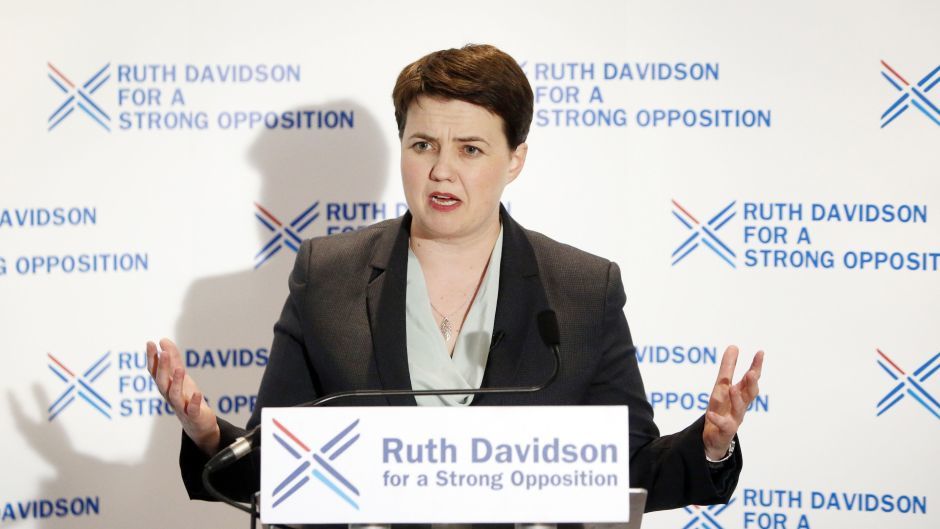Nicola Sturgeon has unveiled her proposals to keep Scotland in the EU’s single market in the event of Brexit.
The First Minister laid out plans that would see Scotland join the European Free Trade Association in a move described as the “Norway option”.
She said her proposals, presented as “Scotland’s Place in Europe” in a meeting at Bute House, are a “serious and genuine attempt” to “unify the country around a clear plan”.
However, Ms Sturgeon also insisted Scottish independence was “still on the table” and very much her preferred option, stressing that the paper is a “significant compromise” for her party.
So what do First Minister’s proposals really mean for Scotland and the rest of the UK? Here is everything you need to know…
The plan is described as a “significant compromise”
The First Minister maintained that independence is still the best option for Scotland but presented the case as the best way forward for the whole of the UK. The paper focuses on a proposal that assumes the rest of the UK will leave the single market but that Scotland would be allowed to stay.
It proposes Scotland goes for the “Norway option”
This would involve leaving the EU and the customs union but being in the European Economic Area (EEA) and European Free Trade Association (Efta). Staying outside the customs union would prevent the England/Scotland border being an external EU customs border, the paper says.
The EU has previous
The paper argues that similar deals have been struck elsewhere. It gives the Channel Islands as an example of not being being in the EU but being a part of the customs union and, for trade in goods, essentially in the single market.
Denmark is in the EU but territories such as Greenland and the Faroe Islands remain outside.
Svalbard, an archipelago in the Arctic Ocean, is exempt from parts of Norway’s Efta membership. This is through territorial exemption and could be used as a blue print to have England, Wales and Northern Ireland exempt from membership agreements while Scotland remains within.
The paper says the proposals could benefit the whole of the UK
It states: “The key benefits of the “Norway option” compared to Scotland being taken completely out of the EU and single market, is that it would allow Scotland to continue to trade in both goods and services within a European single market of 500m people, free of most tariff and non-tariff barriers to trade, while retaining our trading relationship with the rest of the UK …
“It would not just be Scotland that would potentially benefit from such a solution. We consider that there would also be economic advantages to the UK as a whole in having at least part of its territory still within the European single market and able to retain and attract indigenous and inward investment on that basis. It would be of benefit to the EU, both economically and through broader policy collaboration, to retain part of the UK within the European single market and as an enthusiastic contributor to European co-operation.”
So how would it work?
- Scotland could either apply for Efta membership of the UK as a whole could keep its EEA membership and then seek a territorial exemption for every home nation other than Scotland.
- Scotland would be handed new powers to comply with EEA rules, namely the free movement of goods, services capital and people.
- Scotland’s goods would need to meet the requirements set out by both UK and EEA regulatory bodies.
- Tariffs would be paid depending on where goods were imported from or exported to, meaning tariffs may only apply when head to or from the UK.
- Free movement between Scotland and the rest of the UK would apply, and it would be up to the rest of the UK to use employment checks to stop EU workers coming through Scotland
Reaction to the proposals
A Downing Street spokesman said the UK Government would “look closely” at the paper.
Labour, the Tories and the Lib Dems warned against it being used by the SNP to push for a second independence vote.
Scottish Tory leader Ruth Davidson said: “Nicola Sturgeon talks about compromise but written in black and white in her own report is her true intention – she wants independence in Europe.“
Scottish Labour leader Kezia Dugdale added: “If Nicola Sturgeon really wants to unite the country, she should take this opportunity to rule out another independence referendum.“
The Lid Dems claimed the paper was “window dressing” for independence but the Scottish Greens – who back independence – described the plans as “the maximum limit of compromise”.
